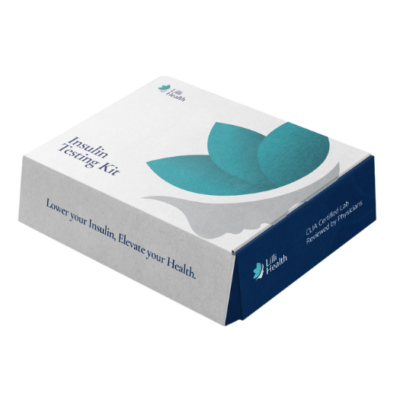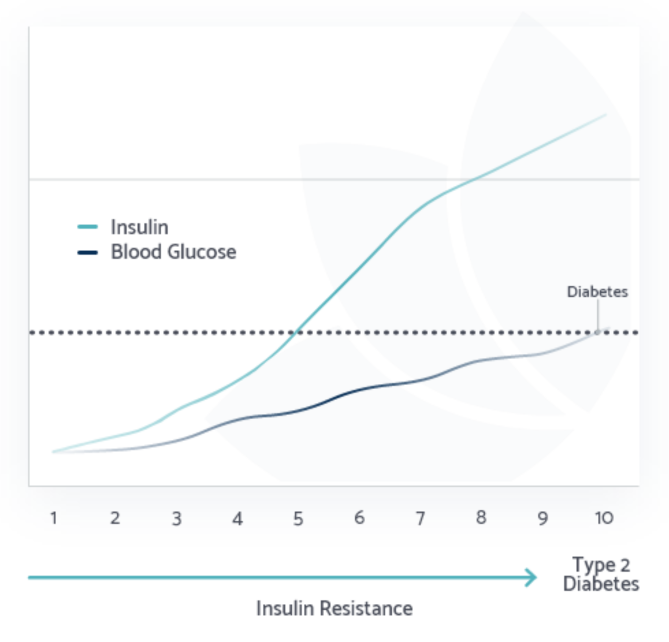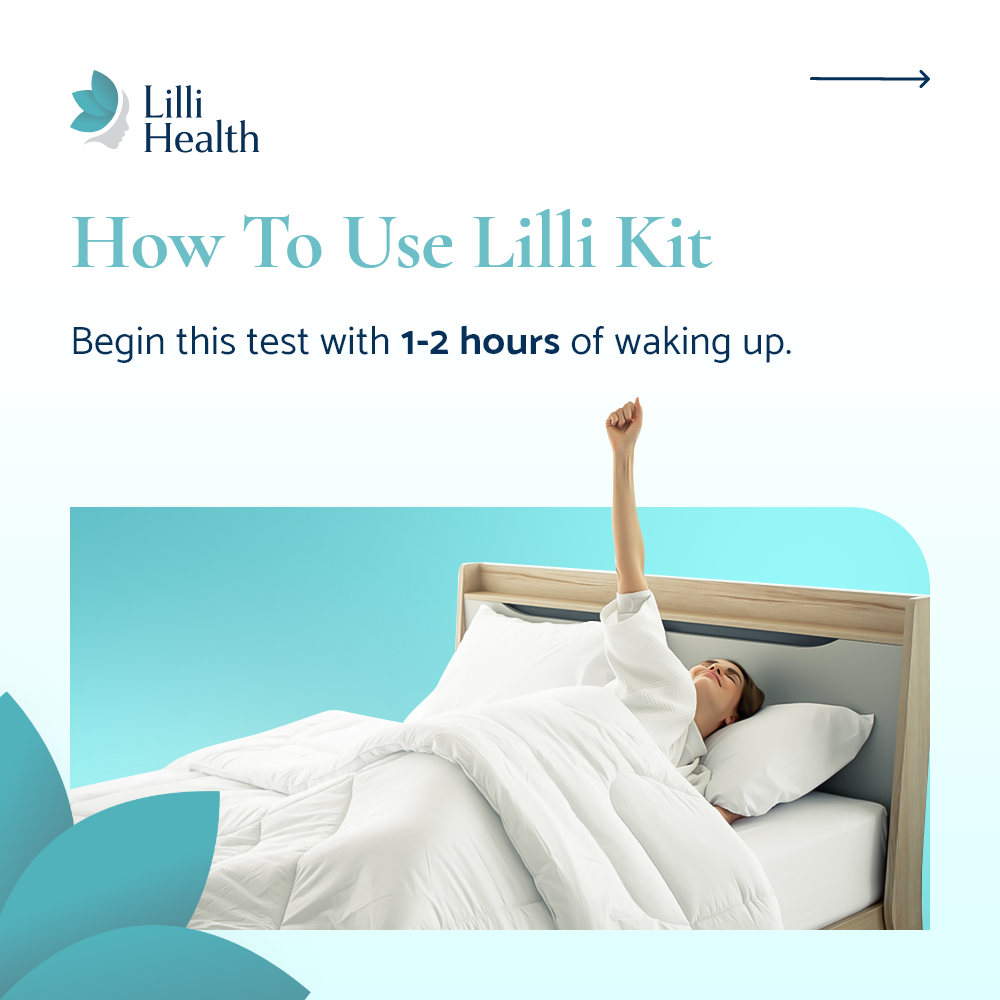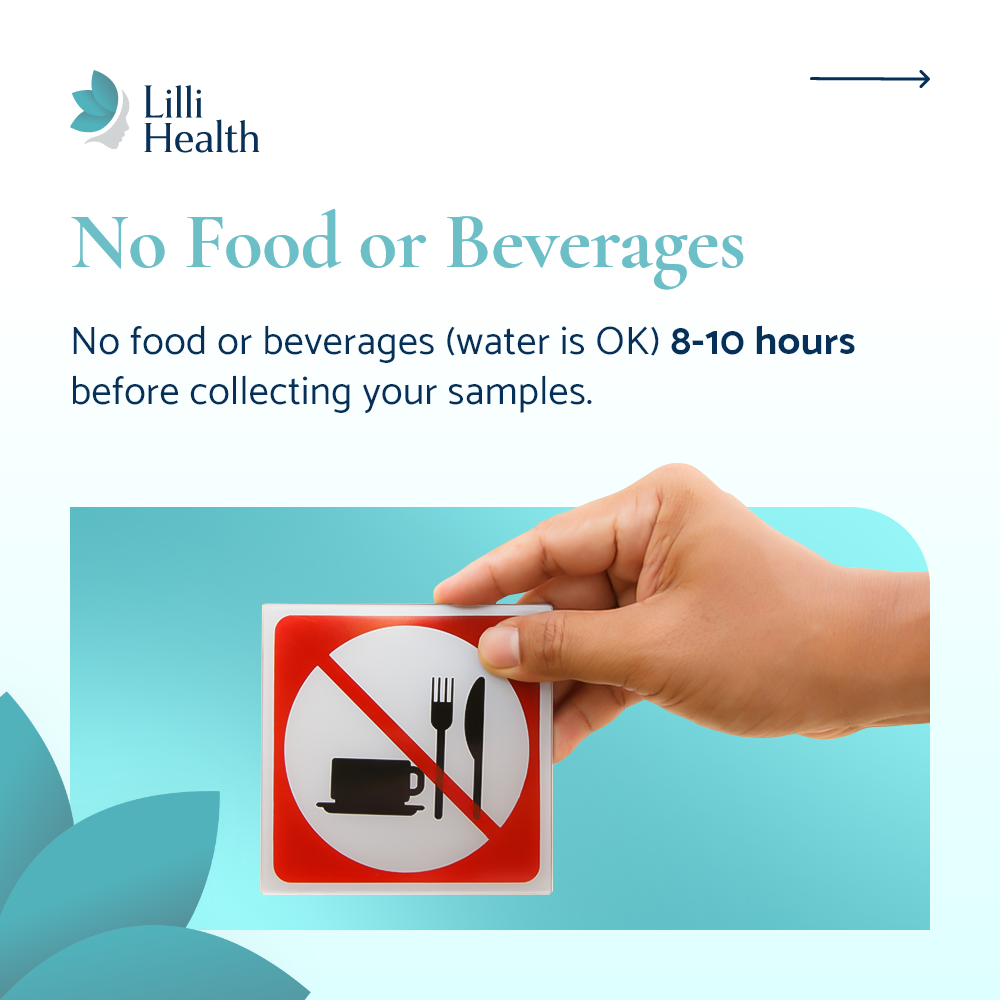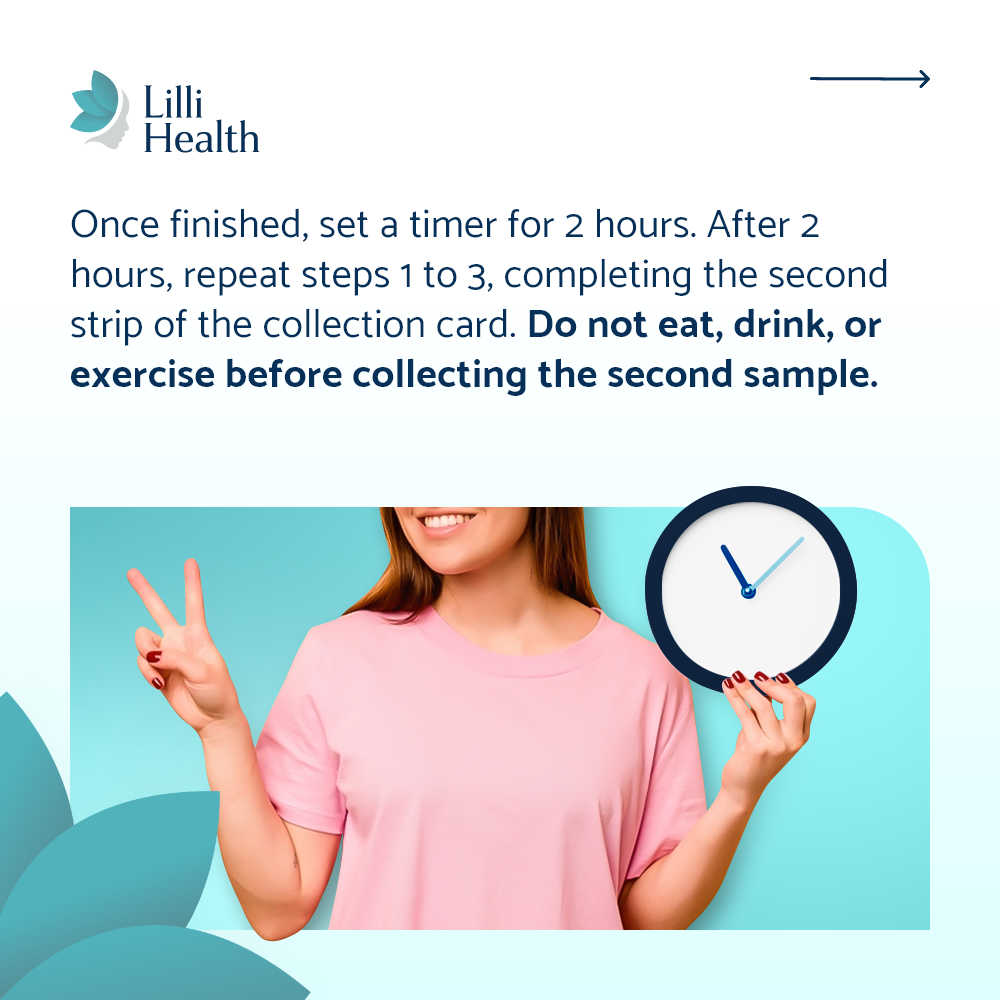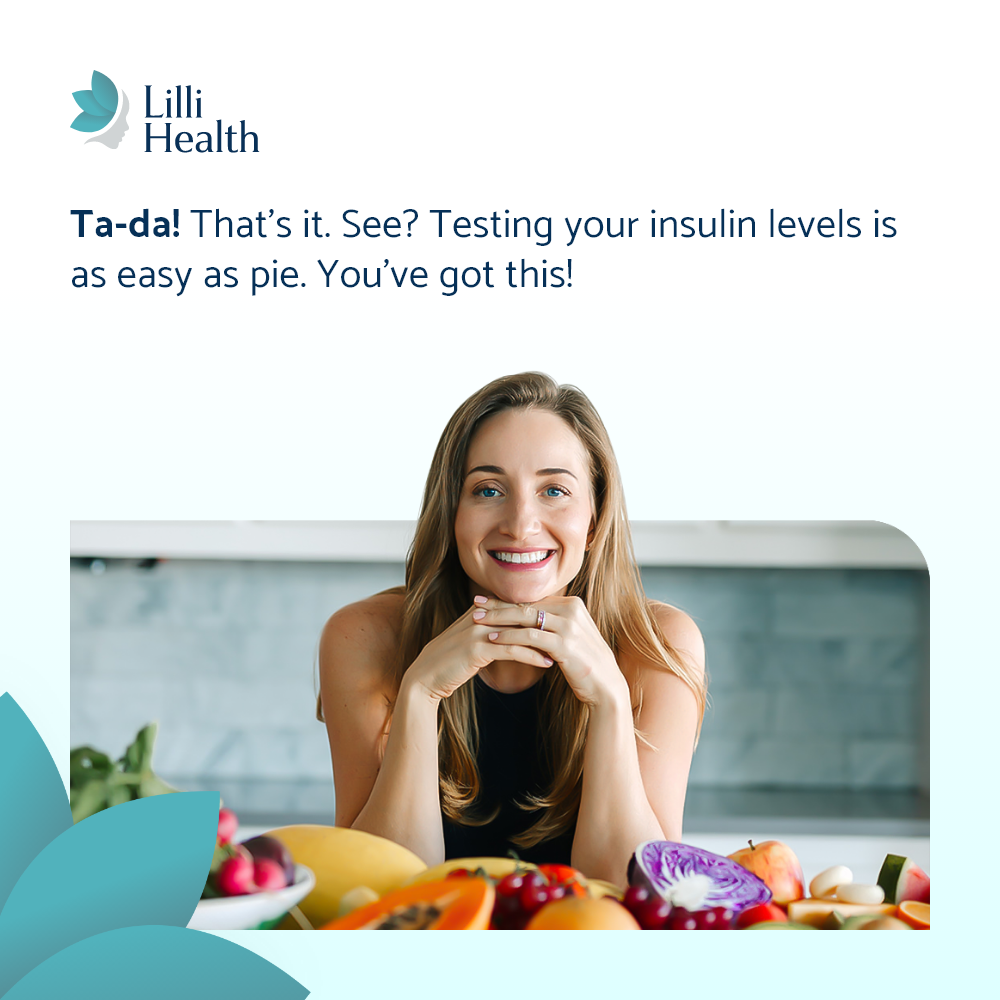Janssen JAMJL. Hyperinsulinemia and its pivotal role in aging, obesity, type 2 diabetes, cardiovascular disease and cancer. Int J Mol Sci. 2021;22(15). doi:10.3390/ijms22157797
Marshall JC, Dunaif A. Should all women with PCOS be treated for insulin resistance? Fertil Steril. 2012;97(1):18-22. doi:10.1016/j.fertnstert.2011.11.036
Araújo J, Cai J, Stevens J. Prevalence of Optimal Metabolic Health in American Adults: National Health and Nutrition Examination Survey 2009–2016. Metab Syndr Relat Disord. 2019;17(1):46-52. doi:10.1089/met.2018.0105
Kolb H, Kempf K, Röhling M, Martin S. Insulin: too much of a good thing is bad. BMC Med. 2020;18(1):224. doi:10.1186/s12916-020-01688-6
Shanik MH, Xu Y, Skrha J, Dankner R, Zick Y, Roth J. Insulin resistance and hyperinsulinemia: is hyperinsulinemia the cart or the horse? Diabetes Care. 2008;31 Suppl 2. doi:10.2337/dc08-s264
Abdul-Ghani M, DeFronzo RA. Insulin Resistance and Hyperinsulinemia: The Egg and the Chicken. Journal of Clinical Endocrinology and Metabolism. 2021;106(4). doi:10.1210/clinem/dgaa364
Erion KA, Corkey BE. Hyperinsulinemia: a Cause of Obesity? Curr Obes Rep. 2017;6(2). doi:10.1007/s13679-017-0261-z
Thomas DD, Corkey BE, Istfan NW, Apovian CM. Hyperinsulinemia: An early indicator of metabolic dysfunction. J Endocr Soc. 2019;3(9):1727-1747. doi:10.1210/js.2019-00065
Templeman NM, Skovsø S, Page MM, Lim GE, Johnson JD. A causal role for hyperinsulinemia in obesity. Journal of Endocrinology. 2017;232(3):R173-R183. doi:10.1530/JOE-16-0449
Page MM, Johnson JD. Mild Suppression of Hyperinsulinemia to Treat Obesity and Insulin Resistance. Trends in Endocrinology and Metabolism. 2018;29(6). doi:10.1016/j.tem.2018.03.018
Johnson JL, Duick DS, Chui MA, Aldasouqi SA. Identifying Prediabetes Using Fasting Insulin Levels. Endocrine Practice. 2010;16(1):47-52. doi:10.4158/EP09031.OR
Dankner R, Chetrit A, Shanik MH, Raz I, Roth J. Basal-state hyperinsulinemia in healthy normoglycemic adults is predictive of type 2 diabetes over a 24-year follow-up: A preliminary report. Diabetes Care. 2009;32(8). doi:10.2337/dc09-0153







